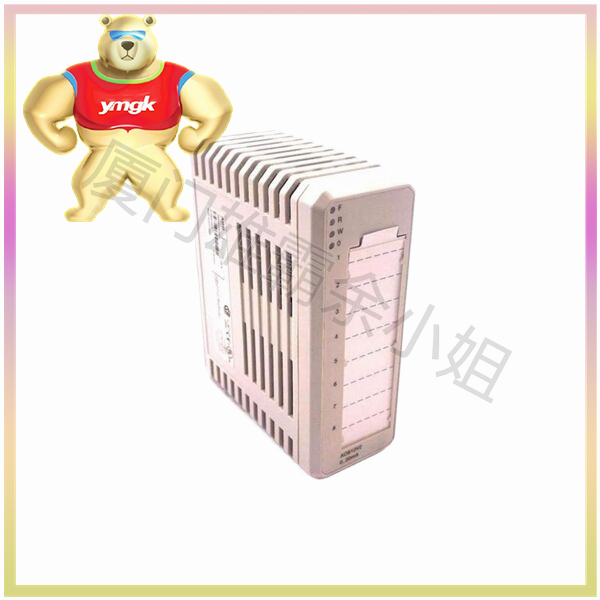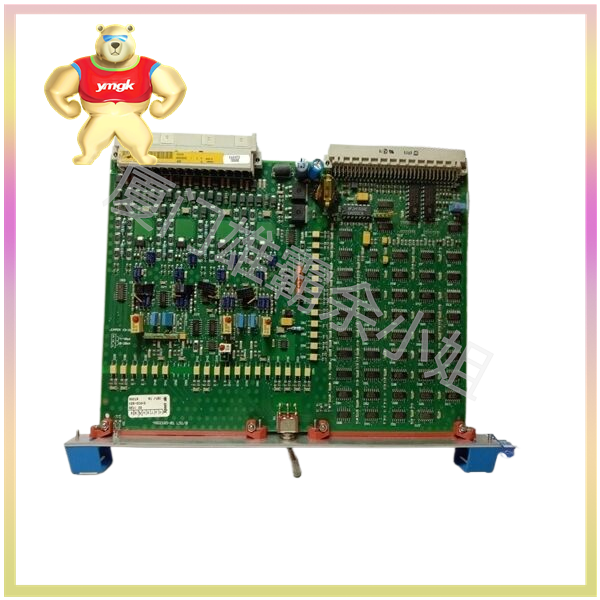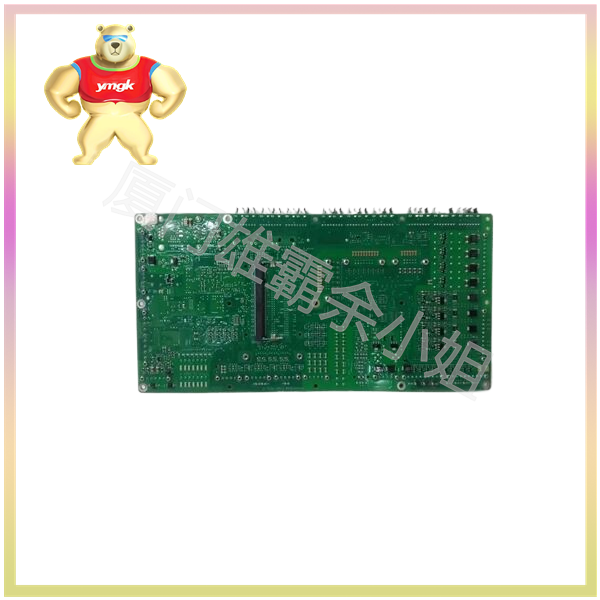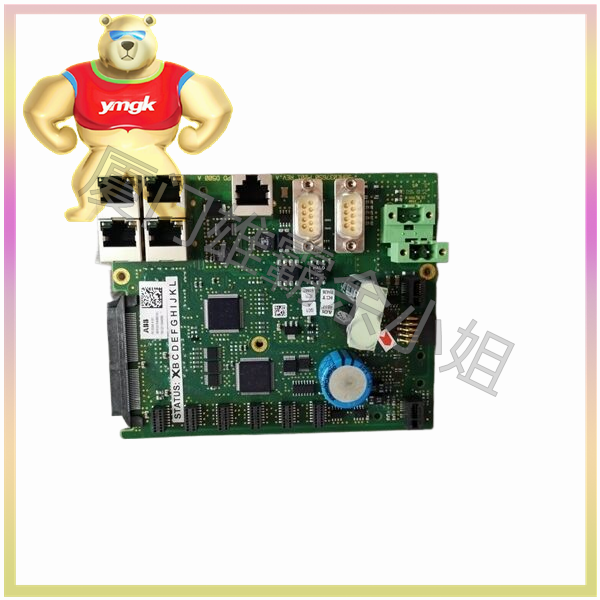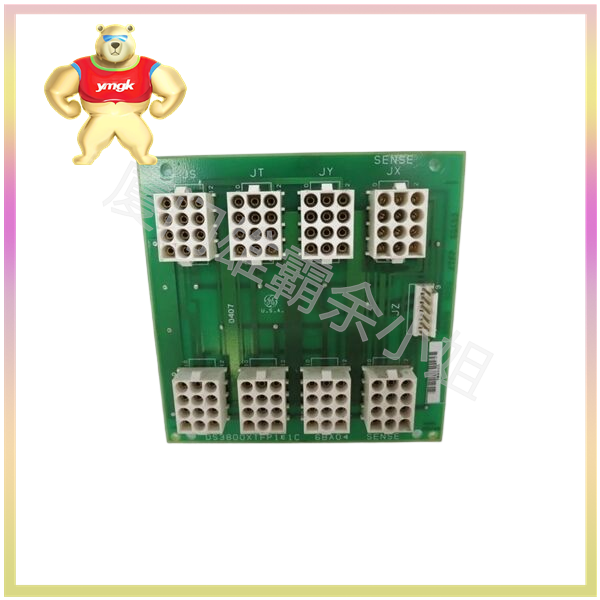(1) Select the type of controller that matches the motor type. For example, DC with brush, DC without brush, square wave or sine wave, with Hall effect, without Hall effect, and so on.
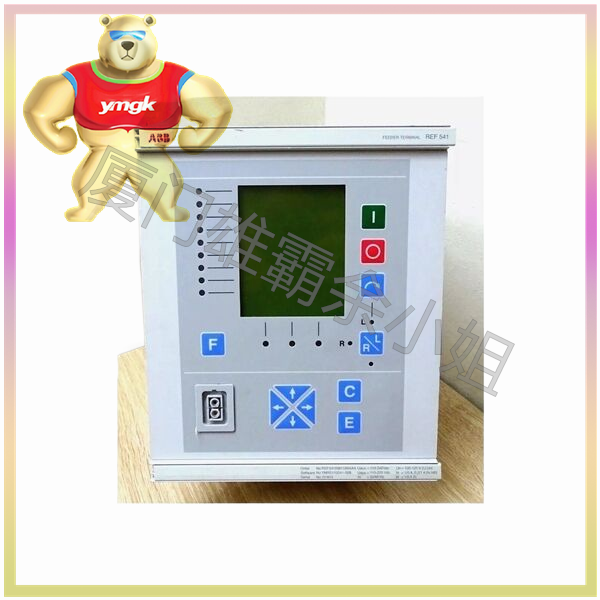
(2) Before selecting a controller, check whether the motor power indicated on the motor label is rated power or maximum power. If the marked power is the rated power, the matching motor controller can be selected based on 2-3 times the rated power. For example, if the nominal rated power of the motor is 650W and the voltage is 48V, then the rated voltage of 48V and the maximum output power of the motor controller are 1.3KW~2KW. If the motor is labeled with maximum working power, a motor with slightly lower power can be selected for matching.
(3) Match motor parameters. Taking brushless DC motors as an example, for square wave controllers, there is generally no need to match special parameters with or without Hall sensors. If a Hall sine wave controller requires speed output, parameters such as the number of motor poles and speed are needed. When matching programs without Hall sine waves, it is necessary to solve parameters such as motor phase inductance, phase resistance, pole pairs, and maximum motor speed.


